
Are Heavy Metals in Tampons a Cause for Concern?
A recent study has revealed that tampons might contain heavy metals, raising concerns about their safety. Understanding what this means for our health is crucial, so let’s dive into the details.
The Study and Its Findings
Researchers from the UC Berkeley School of Public Health analyzed 30 tampons from 14 different brands, testing for 16 metals, including lead, arsenic, and mercury. Shockingly, all the tampons, even the organic ones, contained lead. This groundbreaking study, published in Environmental International, is the first to measure metal content in tampons, highlighting the widespread use of these products in North America.
Why Are Heavy Metals in Tampons a Concern?
Vaginal tissue is highly absorbent, meaning chemicals absorbed vaginally enter the bloodstream directly without being filtered by the body's detoxification processes. This makes the presence of heavy metals in tampons particularly concerning, as they could potentially lead to health issues, although the full extent is not yet understood.
How Do These Metals Get Into Tampons?
There are a few ways heavy metals can end up in tampons:
- Contaminated Cotton: Cotton, the main material in tampons, can absorb metals from contaminated soil and pesticides during cultivation.
- Manufacturing Additives: Some metals might be added intentionally during manufacturing for purposes like odour control or product preservation.
These potential sources of contamination highlight the need for stringent agricultural and manufacturing controls to ensure the safety of menstrual products.
Health Implications and What We Know
While the presence of heavy metals in tampons is alarming, more research is needed to determine how much of these metals are absorbed by the body and their potential health impacts. However, any level of heavy metal contamination is concerning and requires further investigation.
The Bigger Picture of Chemical Exposure
This study is part of a broader issue regarding chemical exposure from various sources, including food, water, cosmetics, and toys. The unique route of exposure through tampons—affecting a sensitive and absorptive part of the body—underscores the need for comprehensive research on menstrual products and their potential health impacts.
What You Can Do
- Support Further Research: Advocate for more comprehensive studies on menstrual products. Support organizations that push for detailed research into women’s health issues.
- Choose Products Wisely: Opt for tampons and menstrual products from brands that are transparent about their sourcing and manufacturing processes.
- Consider Alternatives: Explore other menstrual products such as menstrual cups, organic cotton pads, or period underwear like Lunam, which may offer safer options.
- Advocate for Regulation: Push for stricter regulations and oversight of menstrual products to ensure safety and transparency from manufacturers and regulatory bodies.
Additional Research Findings
Other studies have also reported the presence of endocrine-disrupting chemicals (EDCs) in tampons, such as phthalates and parabens, which can have adverse effects on reproductive health. For example, a study by the Environmental Working Group found that tampons contained a mixture of harmful chemicals, including EDCs, that pose risks, especially during critical periods of development like adolescence.
In conclusion, the discovery of heavy metals in tampons serves as a crucial reminder of the potential health risks associated with everyday products. While the full impact on health has yet to be discovered, this study highlights the pressing need for more inclusive and thorough research. By staying informed and advocating for change, we can move towards safer menstrual products and better health outcomes for all. Stay informed and take care of your health!
Until next time,
Beate
References:
- UC Berkeley School of Public Health
- EWG (Environmental Working Group)
- Women's Voices for the Earth

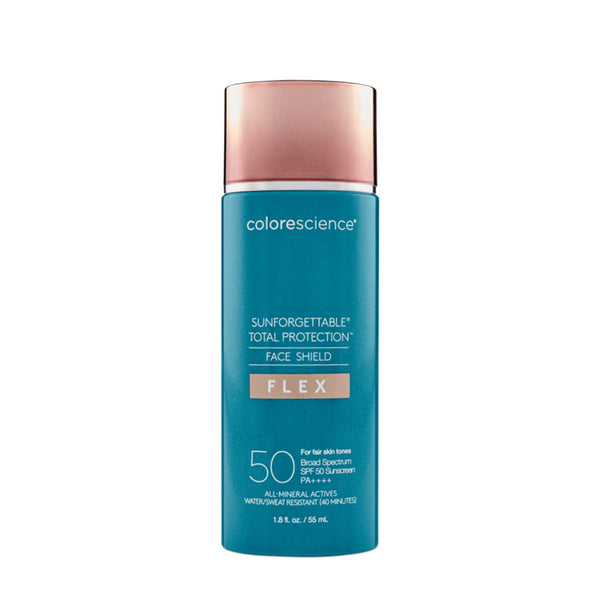
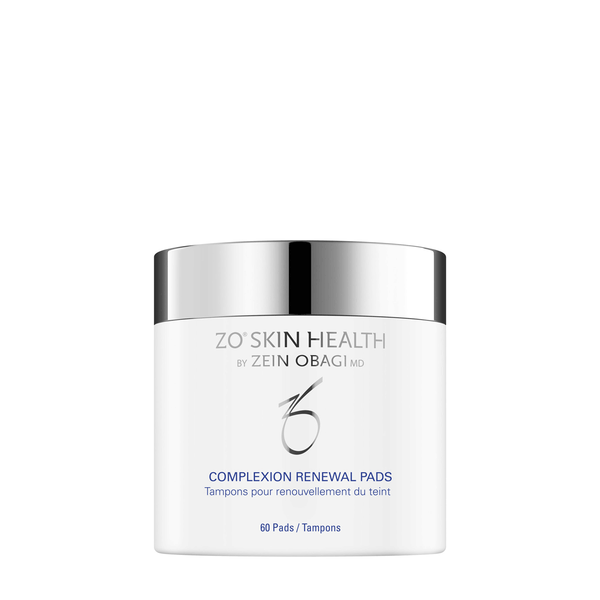
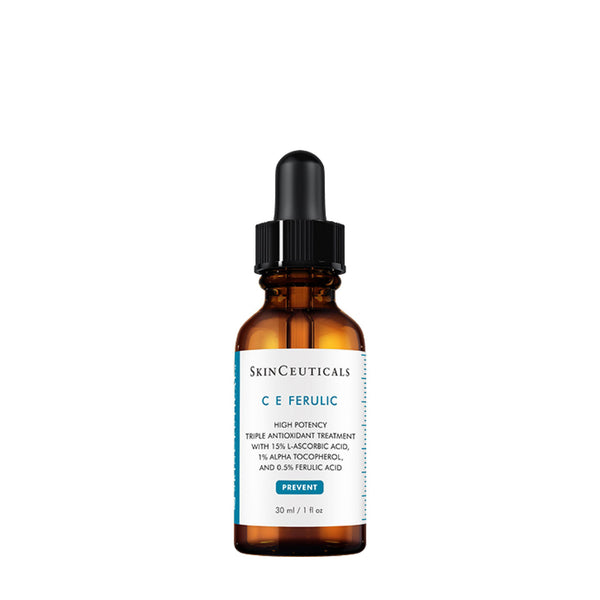
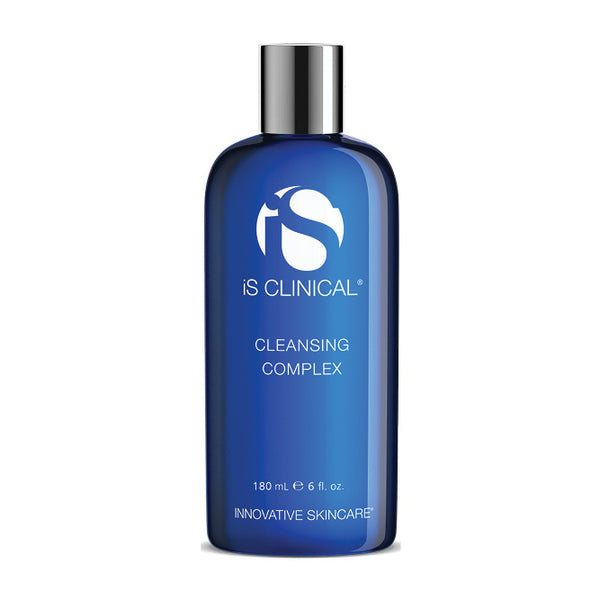
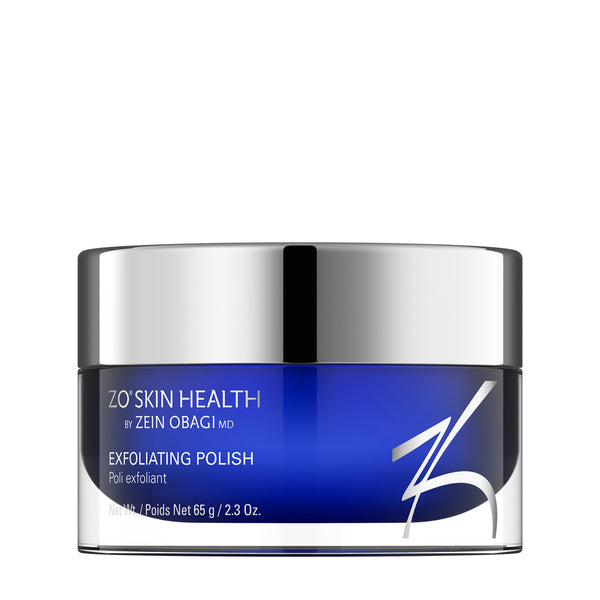




Leave a comment